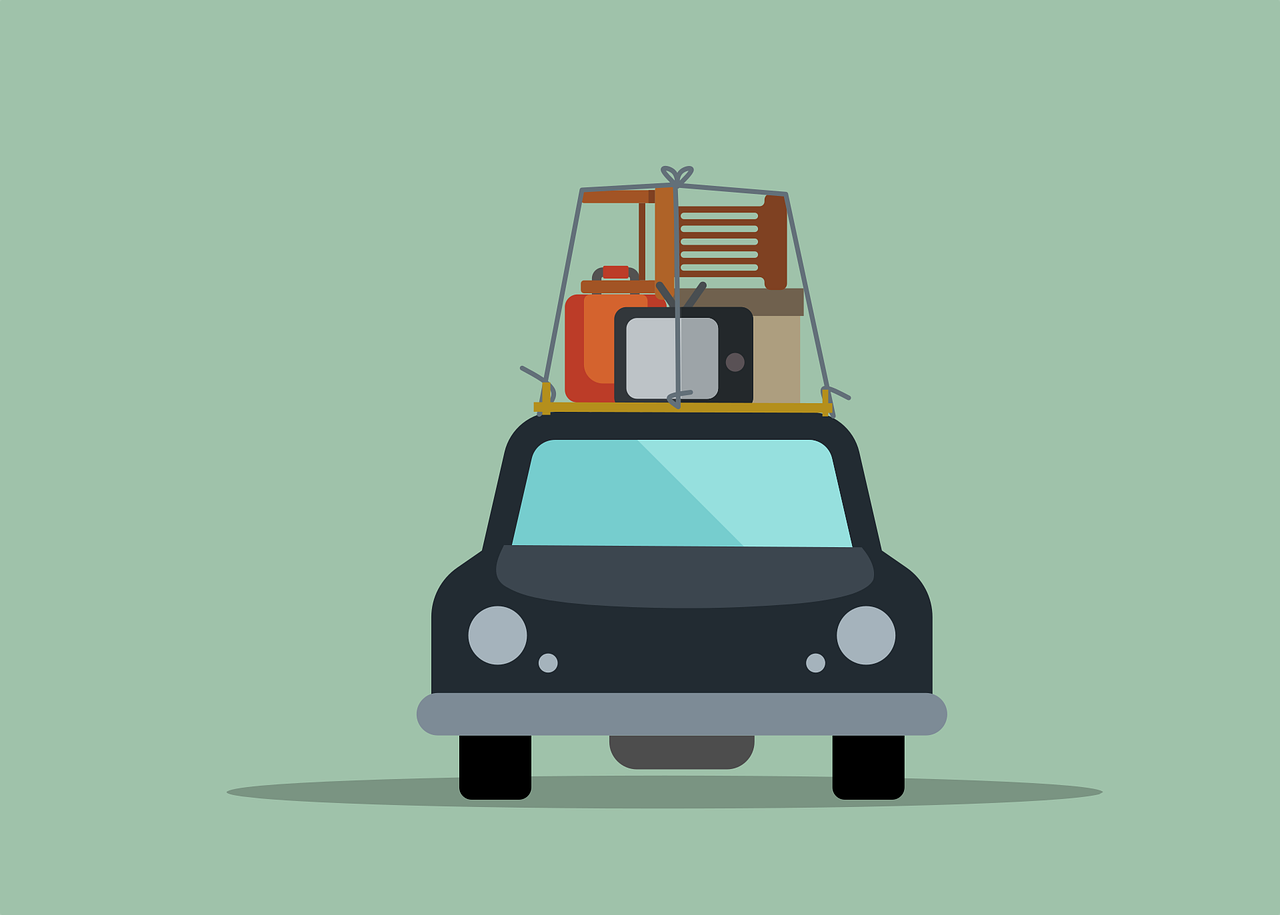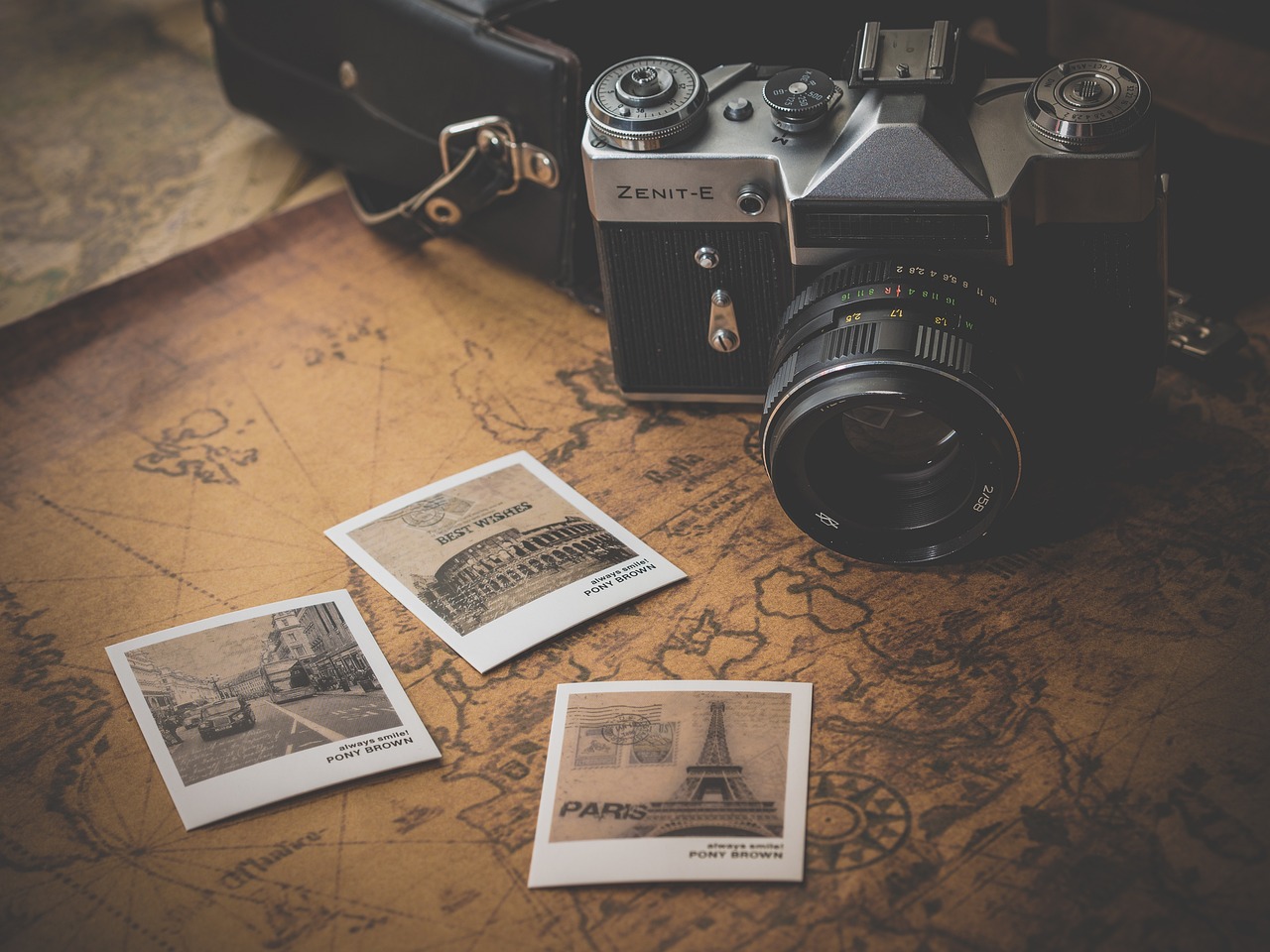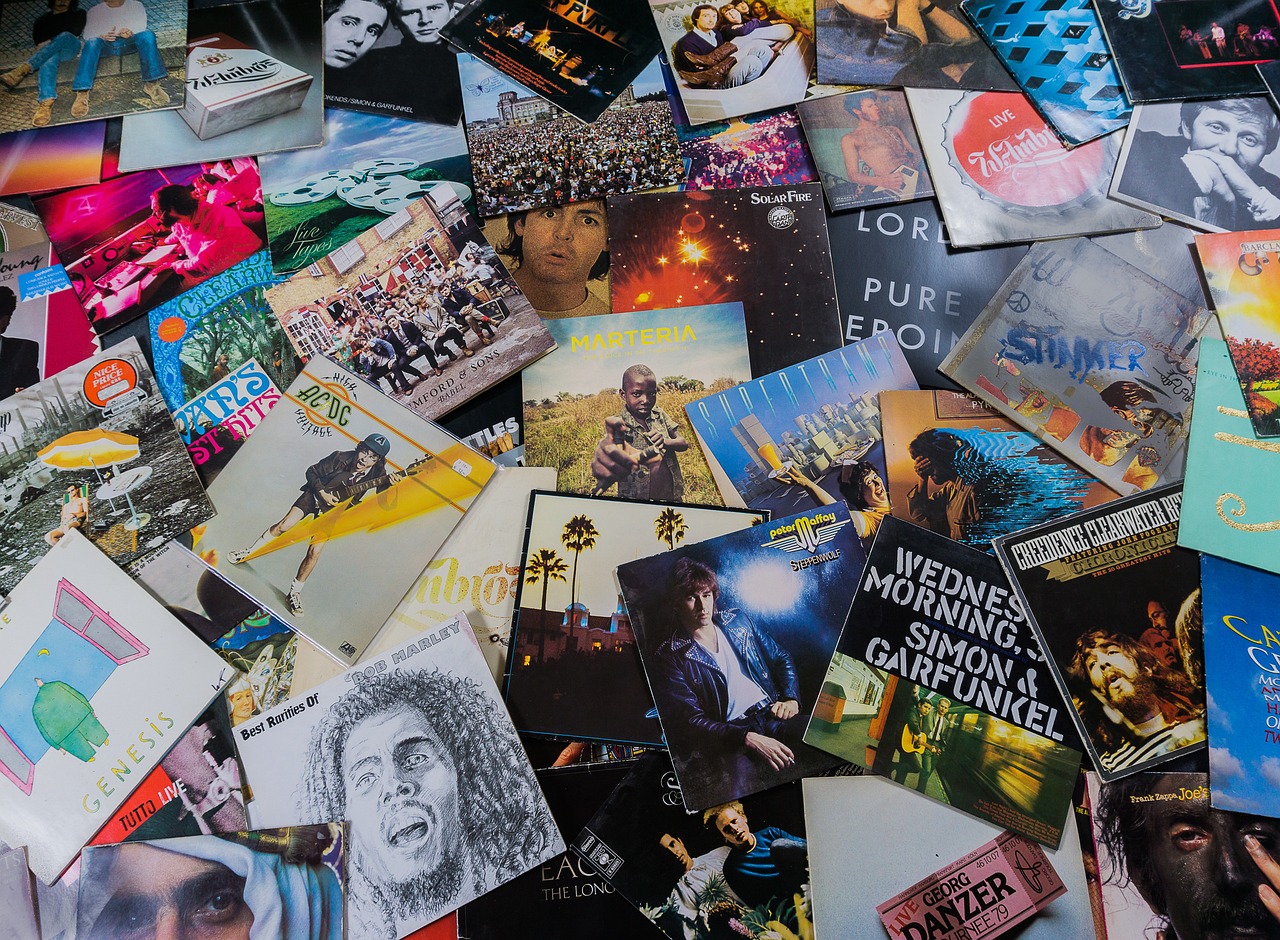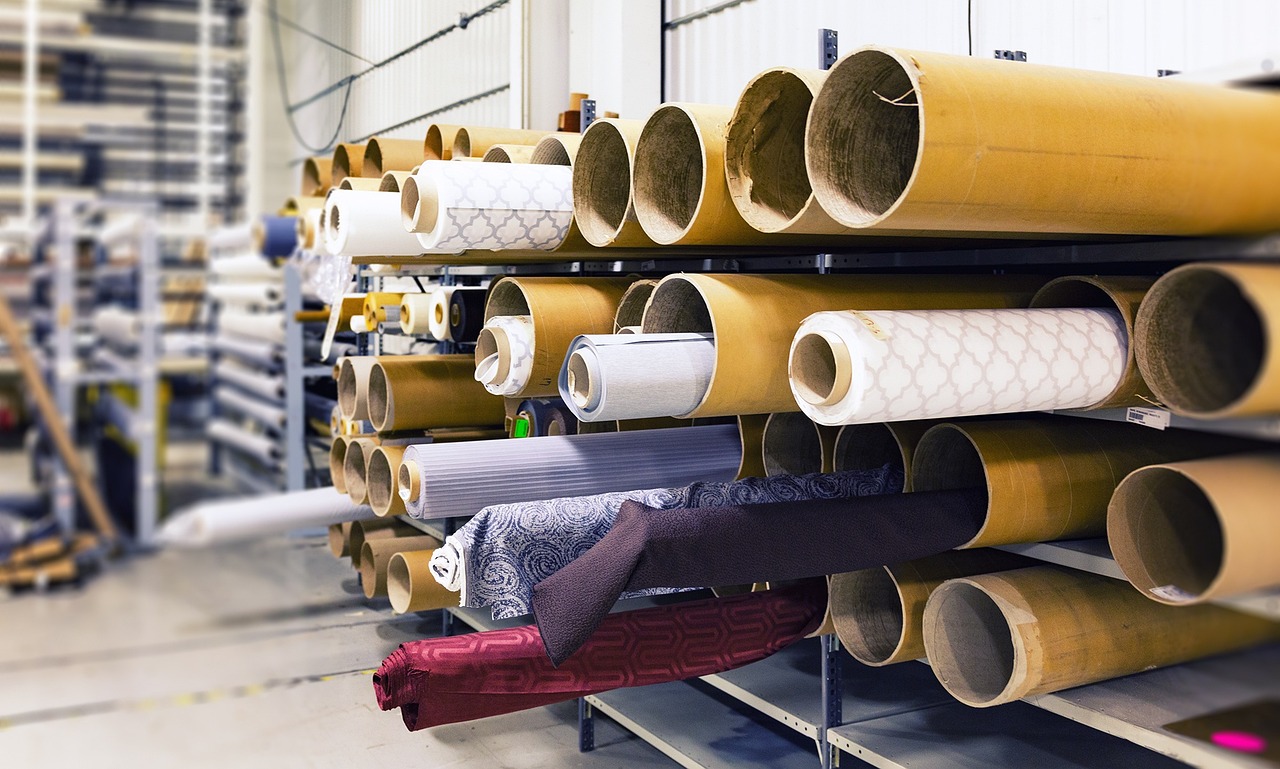How to Improve Your Photography Skills and Captivate Your Viewers
Photography is an art form that requires both technical skill and creativity. Whether you are a professional photographer or an amateur who enjoys taking photos as a hobby, there is always room for improvement. With the right tools, techniques, and inspiration, you can elevate your photography and captivate your viewers.
Affiliate Disclaimer: As an affiliate of Amazon, we may earn a commission from any purchases made through the affiliate links in this article. These commissions help us to continue providing valuable content for our readers. Click Here to read our full disclosure page.
Understanding the Basics of Photography
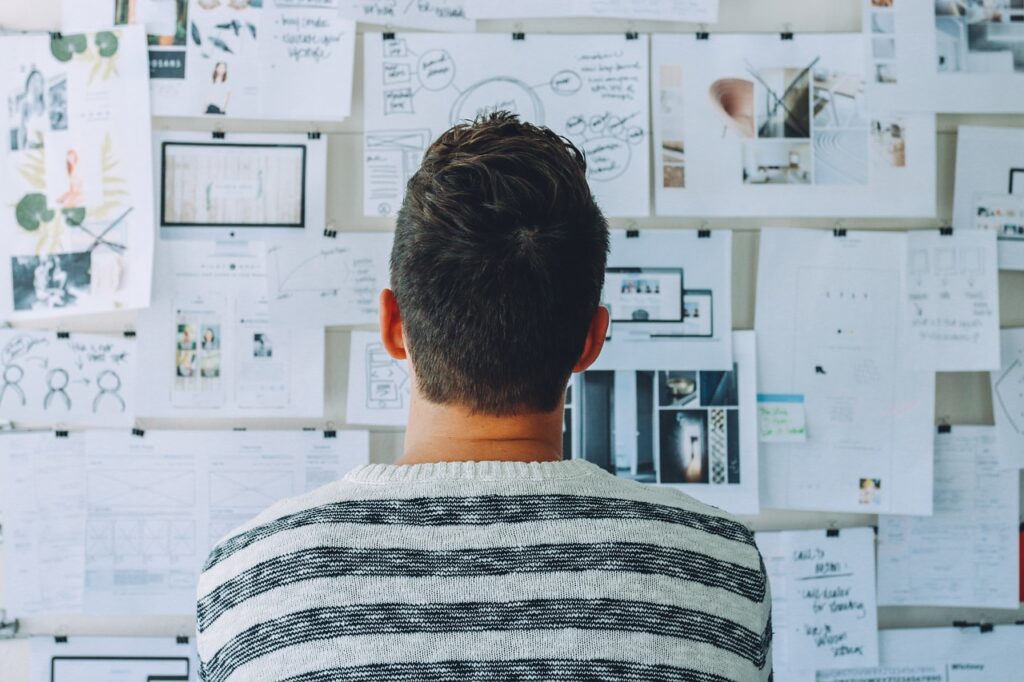
Before you dive into the more advanced aspects of photography, it’s important to understand the basics.
This includes understanding exposure, shutter speed, aperture, and ISO.
Exposure: 
Refers to the amount of light that reaches your camera’s sensor to create an image.
The goal of exposure is to allow enough light to enter the camera so that the subject is visible, but not too much that it becomes overexposed and washed out.
Shutter speed: 
The length of time that the camera’s shutter is open, allowing light to reach the sensor.
The shutter speed determines how long the image will be exposed and affects the sharpness of the image. Faster shutter speeds are ideal for capturing fast-moving action, while slower shutter speeds can be used for creative effects like intentional blur.
Aperture: 📷
Refers to the size of the opening in the camera’s lens through which light passes to reach the sensor.
Aperture is measured in f-stops and can be adjusted to control the amount of light that enters the camera. A larger aperture (smaller f-stop number) allows more light to enter, while a smaller aperture (larger f-stop number) allows less light to enter. Aperture also affects depth of field, which is the amount of the image that is in focus.
ISO: 🌃
Refers to the sensitivity of the camera’s sensor to light.
The higher the ISO, the more sensitive the sensor is to light, and the less light it requires to create an image. However, higher ISO values can also result in increased image noise or graininess.
All in all, understanding exposure, shutter speed, aperture, and ISO is crucial in photography as it helps control the amount of light that reaches the camera’s sensor and affects the final image. By adjusting these settings, photographers can create the desired look for their images and capture their vision effectively.
Try some of these helpful links to get you started:
Check out this great tutorial about understanding “The Exposure Triangle from Elizabeth at www.photographylife.com
Or this great list of “11 Best Free Online Photography Courses” by www.Adorama.com
You should also learn about the different types of cameras and lenses available and what equipment is best for your specific needs.
- Solid choice for beginner photographers looking to step up from a point-and-shoot camera or smartphone.
- This renewed model, has been professionally inspected, tested and cleaned by Amazon qualified vendors.
- The bundled accessory kit provides everything needed to start capturing great photos right away. The included 18-55mm lens provides versatility for a variety of shooting scenarios.
Overall, the Canon EOS 4000D / Rebel T100 is a budget-friendly option that provides a great introduction to the world of DSLR photography.
Finding Inspiration

Once you have a solid foundation in the basics of photography, it’s time to start exploring different styles and techniques.
There are countless resources available for finding inspiration, such as books, online communities, and Instagram accounts dedicated to photography.
It’s also important to take time to practice and experiment on your own. Try different angles, lighting, and compositions to see what works best for you.
Mastering the Art of Composition


Composition is one of the most important elements of photography. It refers to the arrangement of elements within the frame and can greatly impact the overall impact of your photos.
To improve your composition skills, consider the rule of thirds, leading lines, and negative space.
Check out this free course by Peter Glendinning a Professor w/ Michigan State University about: Principles of Photo Composition and Digital Image Post-Production on Coursera.org
Building a Strong Portfolio
Having a strong portfolio is crucial for photographers looking to take their skills to the next level. This is especially true for those looking to pursue a career in photography.
Take the time to curate a selection of your best work, and consider investing in a professional photo studio or photoshoot to showcase your talents.
Essential Equipment To Build A Home Photo Studio:
If you’re building a professional home photo studio, you’ll need to invest in some essential equipment to create high-quality images. Here’s a list of recommended equipment to get started:
Camera: A high-end DSLR camera is essential for a professional photo studio. Look for a camera with a large sensor, fast autofocus, and the ability to shoot in raw format for maximum control over your images.
Lenses: A range of lenses, including a standard 50mm lens, a telephoto lens, and a wide-angle lens, will give you the versatility you need to handle a variety of photography projects.
Lighting: Studio lighting is critical to creating professional-looking images. You’ll need a set of lights, including at least two or three large, continuous lights, and several light stands. Softbox lighting is ideal for portrait photography, as it creates a soft, even light.
Light Modifiers: To control the light in your studio, you’ll need a variety of light modifiers, such as reflectors, umbrellas, and diffusers.
Tripod: A sturdy tripod is necessary to keep your camera steady and ensure sharp images.
Background Support System: A background support system is necessary to hang and change your backgrounds easily.
Backgrounds: A variety of solid-color and textured backgrounds, such as muslin, seamless paper, or vinyl, will give you the flexibility to create different looks for your images.
Studio Space: Your studio space should have good natural light, or you’ll need to provide artificial light to brighten up the space. The walls and floor should be painted a neutral color to minimize reflections and to provide a clean, uncluttered background for your images.
Exploring Different Types of Photography
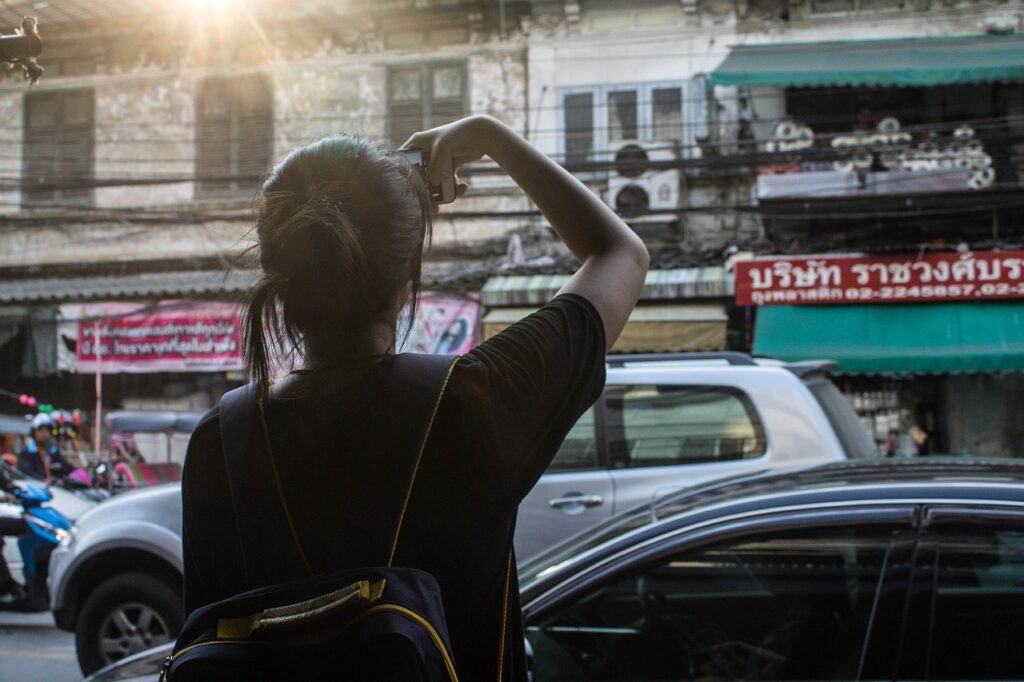
There are many different types of photography to explore, including street photography, macro photography, nature photography, wedding photography, and portrait photography.
Try experimenting with different styles to find what resonates with you and your viewers.
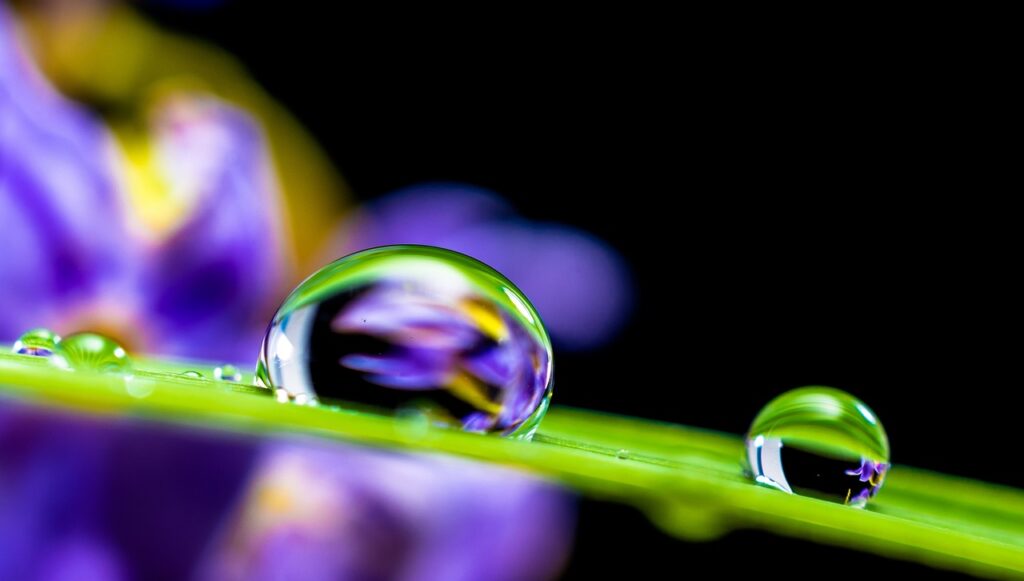
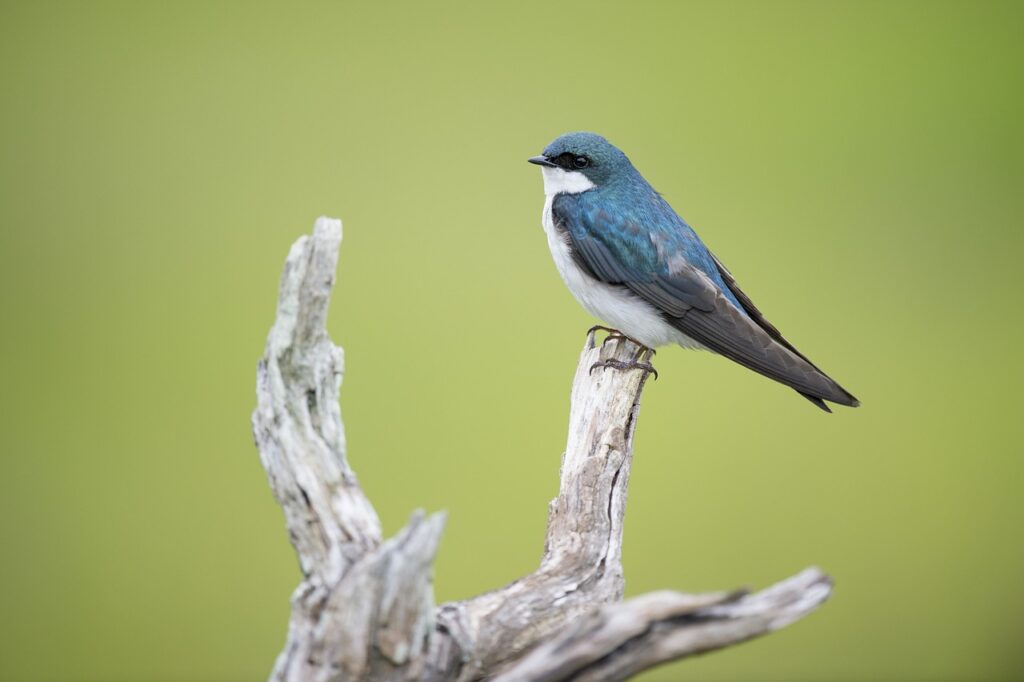
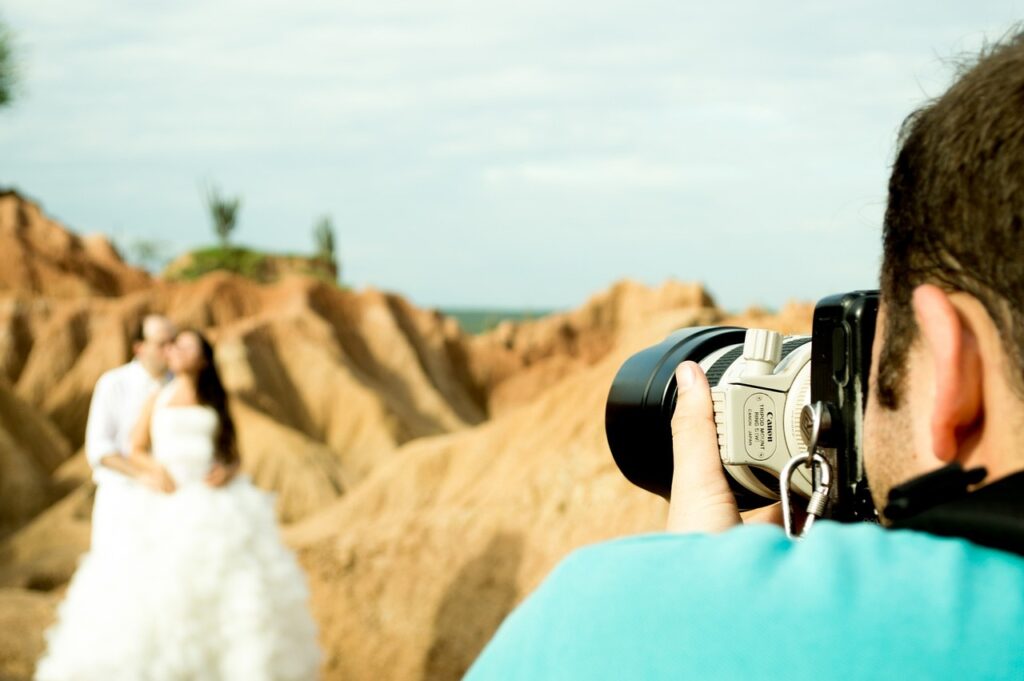
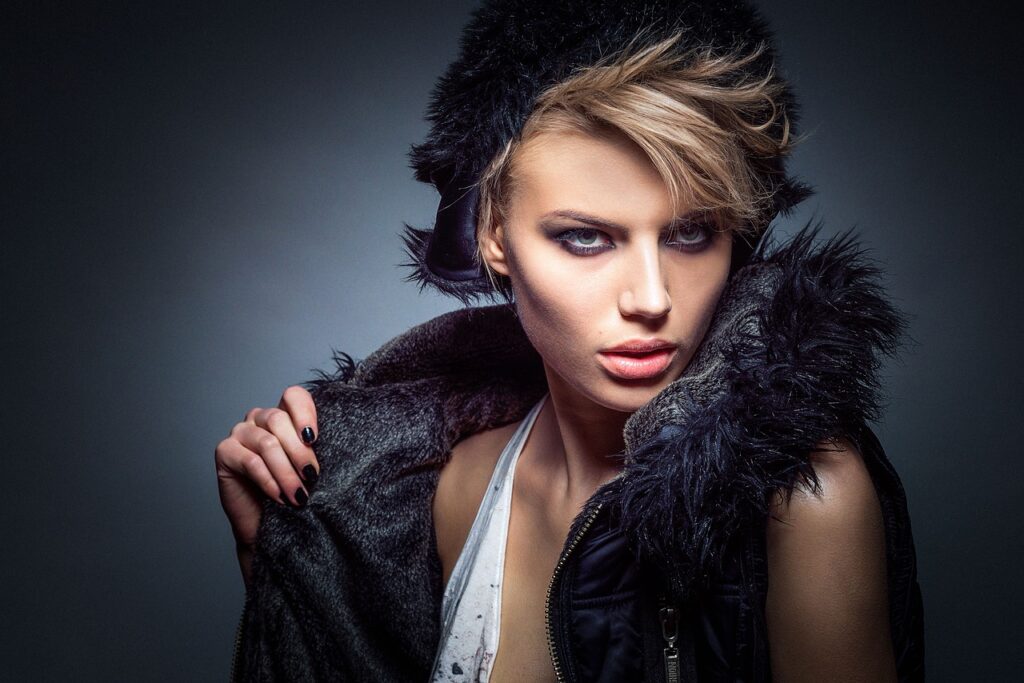
Staying Up-to-Date with Technology
Photography is a rapidly evolving field, and it’s important to stay up-to-date with the latest technology and techniques.
Consider attending photography workshops or conferences, following photography blogs and social media accounts, and investing in the latest equipment.
Here are some great resources to stay up-to-date on your latest photo tech:
The Consumer Electronics Show (CES)
A technology trade show that takes place annually in Las Vegas, Nevada. It is the largest technology trade show in the world, and it showcases the latest and greatest in consumer electronics.
This convention is an important event for photographers because it offers a glimpse into the future of the photography industry and provides an opportunity to experience and learn about the latest technology and products available.
CES is considered the most important convention for photography technology in the USA. As mentioned in my previous response, however, there are other photography-specific conventions that photographers might also find valuable, such as:
PhotoPlus Expo in New York
WPPI (Wedding & Portrait Photographers International) Convention in Las Vegas
Photoshop World Conference in various locations
These events offer educational sessions, hands-on workshops, and opportunities to network with other photographers and industry professionals.
Hiring a Professional Photographer
While it’s possible to improve your photography skills on your own, hiring a professional photographer can be beneficial.
A professional photographer can provide you with expert advice, critique your work, and offer guidance on how to improve.
Conclusion
Whether you’re looking to improve your photography skills or build a career as a photographer, there are many ways to elevate your craft.
By understanding the basics, finding inspiration, and exploring different types of photography, you can captivate your viewers and take your photography to the next level.
Similar Posts:
How to Plan a Road Trip Across the US Nothing beats the excitement of hitting the open road for a cross-country adventure. …
The Best Camera Gear for Travel Photography Travel photography is a popular hobby that allows you to capture stunning images of the …
The Coolest Vinyl Record Covers: A Guide to the Best Art in Music Vinyl records have been making a comeback in recent …
7 Things You Can Make with Your Cricut A Cricut machine is an essential tool for crafting and DIY projects. With its …


 We Recommend
We Recommend 
